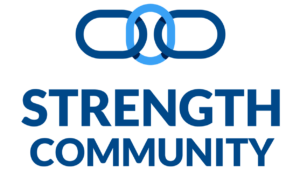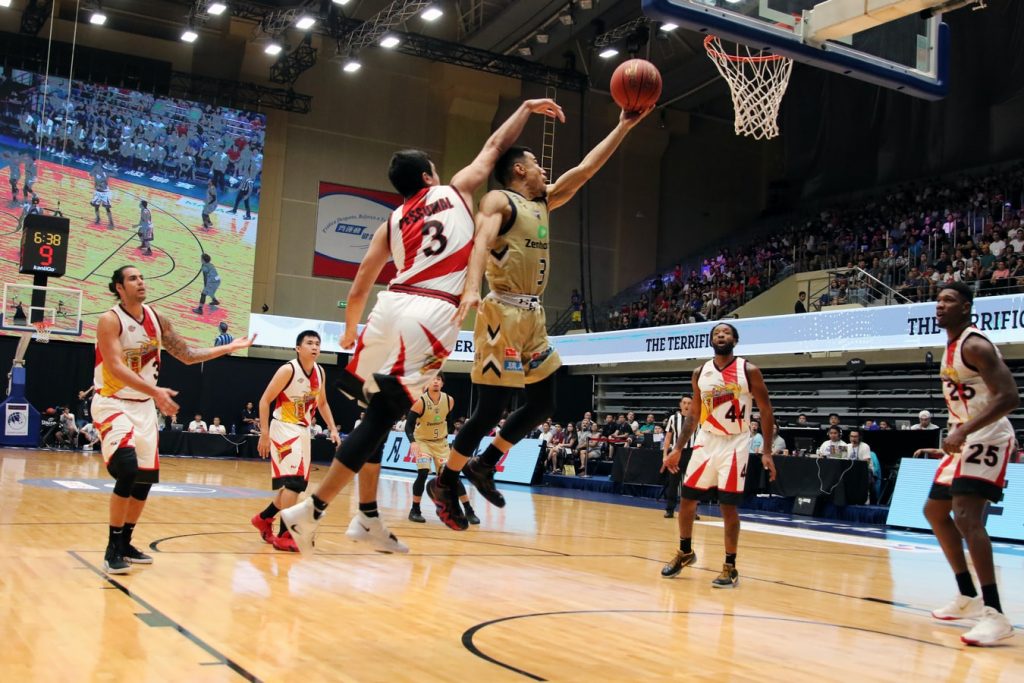The vertical jump is one of the hallmarks of athleticism. It is used to test an athlete’s ability and discriminate those with great potential from those with… not so much potential. So, it comes as no surprise that much energy and thought has been given on ways to improve it. While the squat has been touted as a great vertical jump enhancer, there are many ways to improve.
Why this focus, you say? Well, many sports depend on vertical leap, from the eponymous Olympic discipline to some powerfully emotional moments in basketball.
Volleyball is another sport that easily comes to mind when conjuring images of athletes jumping up. In truth though, vertical jumping is a great way to assess the stretch reflex, an important marker of athletic performance. It is also very transferable. This means that the power you develop in vertical jumping can impact your other athletic tasks: jumping forward or to the side, running faster, and landing from various heights. You can test it very easily with simple implements, which quickly made it a coaches’ favorite tool to assess athletic potential.
The nuts and bolts of the vertical jump
It is first important to understand what determines the vertical jump. A good vertical is predicated upon a lot more than just jumping up. The basic building block is impulse. This is the force produced during the takeoff phase right up until the feet leave the floor.
This is a measure of power. Power simply is force multiplied by velocity. So, the more force you can apply in the shortest amount of time possible, the more power is going to be produced. This is what allows the athlete’s body to conquer gravity for a few moments.
In scientific terms, three factors determine how high a vertical jump is going to be.
– The rate of force development, which is how quickly you can develop force. This is what dictates the impulse. A rapid development of force will produce a greater impulse, even when peak force remains the same.
– The amount of force you can produce. This leads to more acceleration and less time on the ground. This will affect the terminal velocity when the feet leave the floor.
– The athlete’s biomechanics, in terms of height and also length of the legs relative to the torso, and the length of the tibia to the femur. This affects how far down the athlete has to go to efficiently produce force.
While the last factor is genetic and cannot be changed, the first two factors can be greatly improved with training.
The speed that kills
In sports, there is an old adage that says “speed kills.” This is not a warning to drive safely. Rather, it is a simple statement that speed is the crucial skill an athlete must develop to perform optimally. However, a lot of strength coaches focus on strength exclusively.
While strength is one of the building blocks of power, which ultimately leads to speed, it is counterproductive for most athletes to focus exclusively on strength. Of course, this excludes athletes like Olympic weightlifters and powerlifters. Their sport is literally lifting as much weight as possible, so this makes sense. For most other types of sports though, there is a limit to how much strength is useful. At a certain point, training should focus on developing more power and speed to make the athlete more efficient in the field. There is a great saying for this:
“Are you too strong for your speed or too slow for your strength?”
A coach that knows where his athletes are on this continuum knows which quality they need to develop to perform better. An athlete who has a force/velocity gradient leaning too much toward strength will benefit from working explosively with lighter loads and using higher velocity exercises. The reverse is true for an athlete who leans to much toward speed if strength is the limiting factor. They need more low speed/high force exercises in their training regimen.
The muscles that count
Vertical jump is, just like squat, a triple extension exercise. It needs a full extension of the ankles, knees, and hips to be optimal. The extensor muscles that cross those joints are thus the prime movers. The erector spinae are also very important, since they extend the lumbar spine and the whole back. As we will see later on, even the shoulders matter in the vertical jump.

Many studies tried to assess the various contributions of each muscle for this exercise. While there are many different models, the leading ones place the brunt of the effort on the hip extensor muscles: the gluteus maximus, the hamstrings, and the adductor magnus. Despite its name, the adductor magnus is more a hip extensor than a true adductor. Conversely, the quadriceps seem to have a relatively modest contribution to vertical jump.
How to jump higher
Here are 7 quick and dirty tips to increase one’s vertical jump rapidly. Some will be counter-intuitive at first, but they have been field-tested for their efficiency.
1) Use full range of motion squat
This should go without saying, as the mechanics of the vertical jump and the squat are very similar. However, there are some differences. Notably, the duration of the acceleration phase, the fact that the feet stay on the floor, and the depth of the dip. While those differences could affect the transfer, it’s been shown that there is still great benefit to full ROM squats. A 2012 study involved 59 participants for a ten-week program. They put the subjects in three different groups: full ROM back squat, full ROM front squat, and partial range of motion back squat. Both full range of motion front and back squat groups improved their vertical jump by just over one inch. The partial squat group showed no improvement in vertical jump at all.
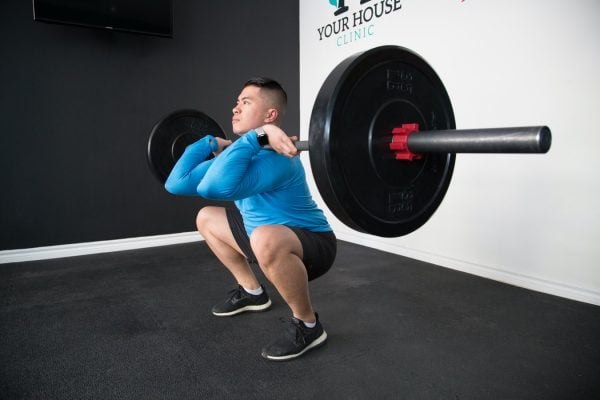
2) Train the posterior chain, with a focus on glutes and hamstrings
As mentioned, the hip extensor muscles are the major contributors to the vertical jump. Glutes and hamstrings contribute 40% and 25% respectively to vertical jump height. Strengthening the prime movers will provide a strong basis for the subsequent power and explosive movements, such as the power snatch. Interestingly, deadlifts have a similar contribution to squat, as shown in biomechanical researches. This means that alternating focus on these lifts and their variations during different phases of the training will yield big results.
The rest of the posterior chain should also be trained, depending on time. This will be determined by the duration of the off season for the athlete. If the off season is short, isolation exercises such as leg curls should be put aside in favor for bigger compound lifts.
The whole posterior chain benefits from exercises such as step-ups from a high podium/bench, reverse hypers, and Olympic pull variations. This will make the erector spinae, glutes, hamstrings, and calve work in unison to develop power. The key word in posterior chain is the word chain. So, in order to maximize transfer, they have to be trained as a unit. If time permits though, some isolation exercises can benefit in the long-term development of the athlete.
3) Train the shoulder girdle for strength and mobility
The momentum provided by the arms during the vertical jump contributes as much as 15% of jump height. This momentum improves the transfer of power from the lower body, which increases time spent in the air. A simple way to test this is to jump with the arms to the side. The difference in jump height should convince anyone that the shoulder girdle matters when it comes to vertical jump performance. Research shows that when athletes try to jump as high as they can, they literally “pull” themselves up with a greater shoulder range of motion and more activation of the shoulder and upper arm muscles.
One study published in the Journal of Biomechanics showed that arm swing increased jump height by as much as 28% and velocity by 72% at takeoff. Researchers suggest that this phenomenon happens because the arm swing shifts the muscle activation more toward the posterior chain. This reduces the work done by the knee extensors and increases the contribution of the hip extensors.
Shoulder training should be specific to the sport performed. In volleyball and basketball, the shoulder flexors are more important. While is sports such as figure skating, the emphasis should be on the shoulder abductors. A proper range of motion of the thoracic spine and a good scapulo-humeral rhythm are also crucial.
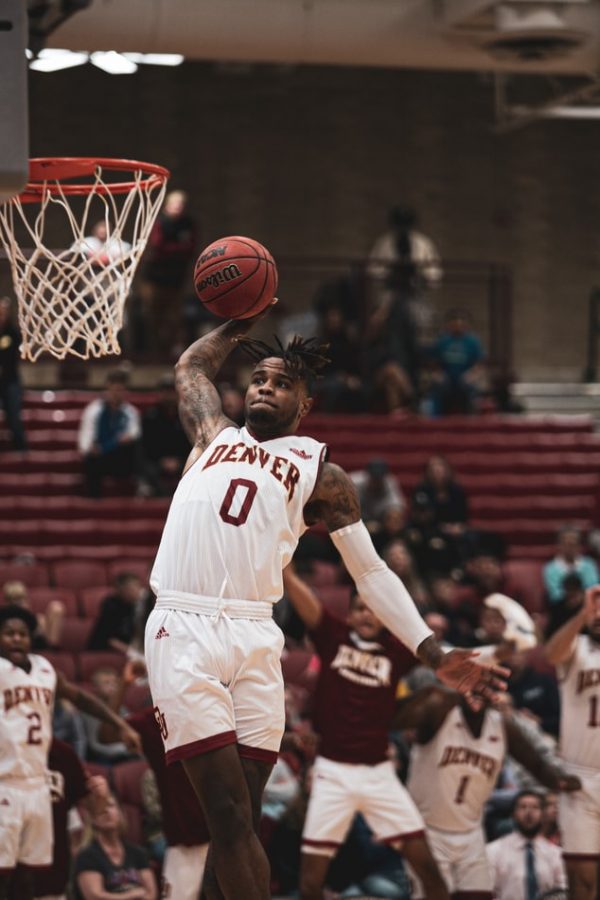
4) Structural balance matters
A given muscle can only perform its best if the other muscles surrounding it, or are part of the same motor pattern, have the proper strength ratio. This concept is called structural Assessment. In order to maximize your training effort, focus of the weakest muscles in the chain, once it has been properly identified.
Another common energy leak is the bi-lateral deficit. This happens when one limb is stronger than the other. If an athlete is stronger on one side, it will show by having one hip higher than the other during air time. Another clue for this is if the athlete favors one leg during landing.
You can correct this by implementing unilateral exercises in the training. The goal is to bring the weaker limb up to par with the stronger one.
5) Stretch the hip flexors
This point is related to the previous one. The hip extensors will be able to contract maximally only if the hip joint is mobile. Lacking mobility in this joint can lead to faulty movement mechanics and poor motor patterns. Furthermore, if the hip flexors are tight, they will decelerate the movement by reducing the recruitment of muscle fibers in the hip extensors.
Make sure hip flexor tightness does not inhibit performance. Stretch them before training. This will reduce risk of injuries and boost performance. The same tip can be applied to squat as well, as tight hip flexors prevent going deeper in the squat.
6) Use plyometrics
Plyometrics are a method of training developed by Yuri Verkhoshansky in the late 60s and early 70s. It was meant to overcome the fact that the Russians could not train outdoors for much of the year due to the rigors of the Russian winter.
The term “plyometrics” was coined by coach Fred Wilt, who worked with Dr. Michael Yessis to bring this method to the West. He noticed the jump drills Russian athletes were doing during warm-up for track and field events. This was in contrast to the static stretching done during warm-up by American athletes at the time.
While plyometrics technically refers to the shock method developed by Verkhoshansky, it has also come to refer to all types of jumping and bounding drills. Some coaches differentiate the two by calling the work of Verkhoshansky “true plyometrics” and the various jump training regular plyometrics.
However, both types have been shown to be very beneficial in the development of speed and power. This is because they emphasize the stretch-shortening cycle (SSC) during training. SSC refers to the absorption of force during the active stretch (eccentric) of a muscle followed by a concentric action. A properly trained SSC increases the force output of the concentric. It does so by storing energy in the tendon and aponeurosis tissue and increasing muscle potentiation.
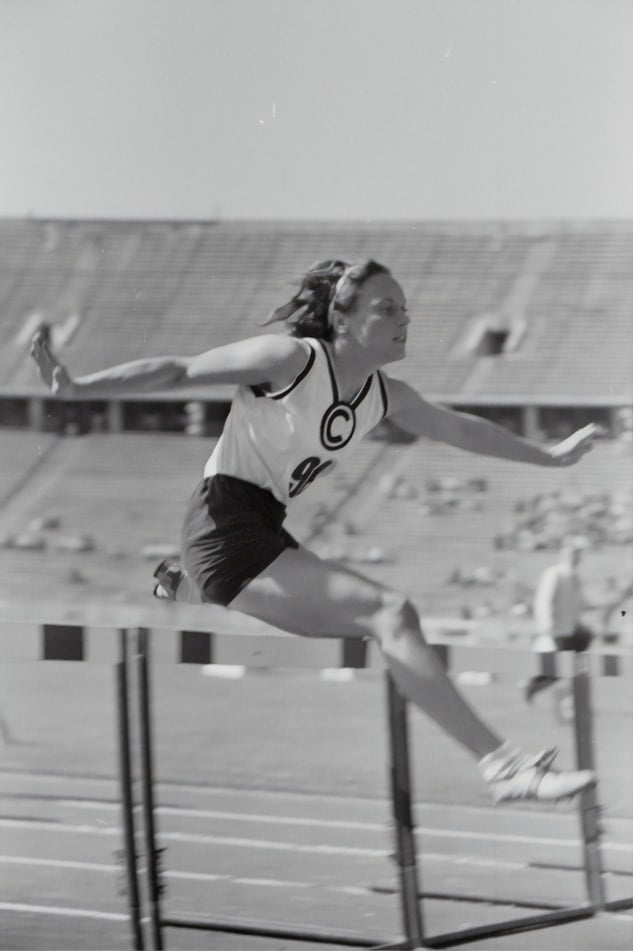
Research shows that using plyometrics during explosive phases results in a greater utilisation of the SSC by the lower body muscles. This translates to an increase in vertical jump height and more power output. A study in the British Journal of Sports Medicine tested the effect of plyometric training with 26 subjects. They found an increase of 7.5 to 8.7% in jump height. Another study, published in the Journal of Sport and Health Research looked at the effect of high-intensity plyometrics (“true plyometrics”) on the performance of young basketball players. They reported a 23% increase in jump height, as well as a 0.30 seconds improvement on their 20-meter sprint time. Of note, the players also improved their agility by 8% and their balance by 5%. Researchers hypothesized that this is due to an increase in neuromuscular function and muscle coordination.
7) Alternate between strength and power cycles
A great way to increase your vertical jump performance is to alternate between strength-focused cycles and power-focused cycles. This focus on a single objective will bring maximum results. A common mistake is to try to increase both strength and power during the same phase. Stick to only one clear goal per phase to achieve the best possible outcome.
In the strength cycles, use big compound lifts such as deadlifts, squats, and their variations. Use 5-10 sets per exercise and keep the time under tension (TUT) between 10 to 30 seconds per set. The rest interval should be 4 to 5 minutes, to provide full recovery between sets. These parameters will ensure the use of high-threshold motor units, which are correlated with strength and power.
The power cycles should be built around shorter TUT, typically 10 seconds or less. Use 6 to 8 sets per exercise, and rest intervals of 3 to 5 minutes, depending on the choice of exercises.
It is crucial during these power cycles to send a clear message to your nervous system by using coherent tempos. Don’t mix explosive tempos with slower ones. This will cloud the signal. The nervous system learns very rapidly, hence the need for a single stimulus per cycle. This will ensure the success of each cycle.
Conclusion
Harness the power of proper training to jump to new heights (literally). Make sure you follow these field-tested tips and you will reap the results of your hard training by adding inches to your vertical jump.
